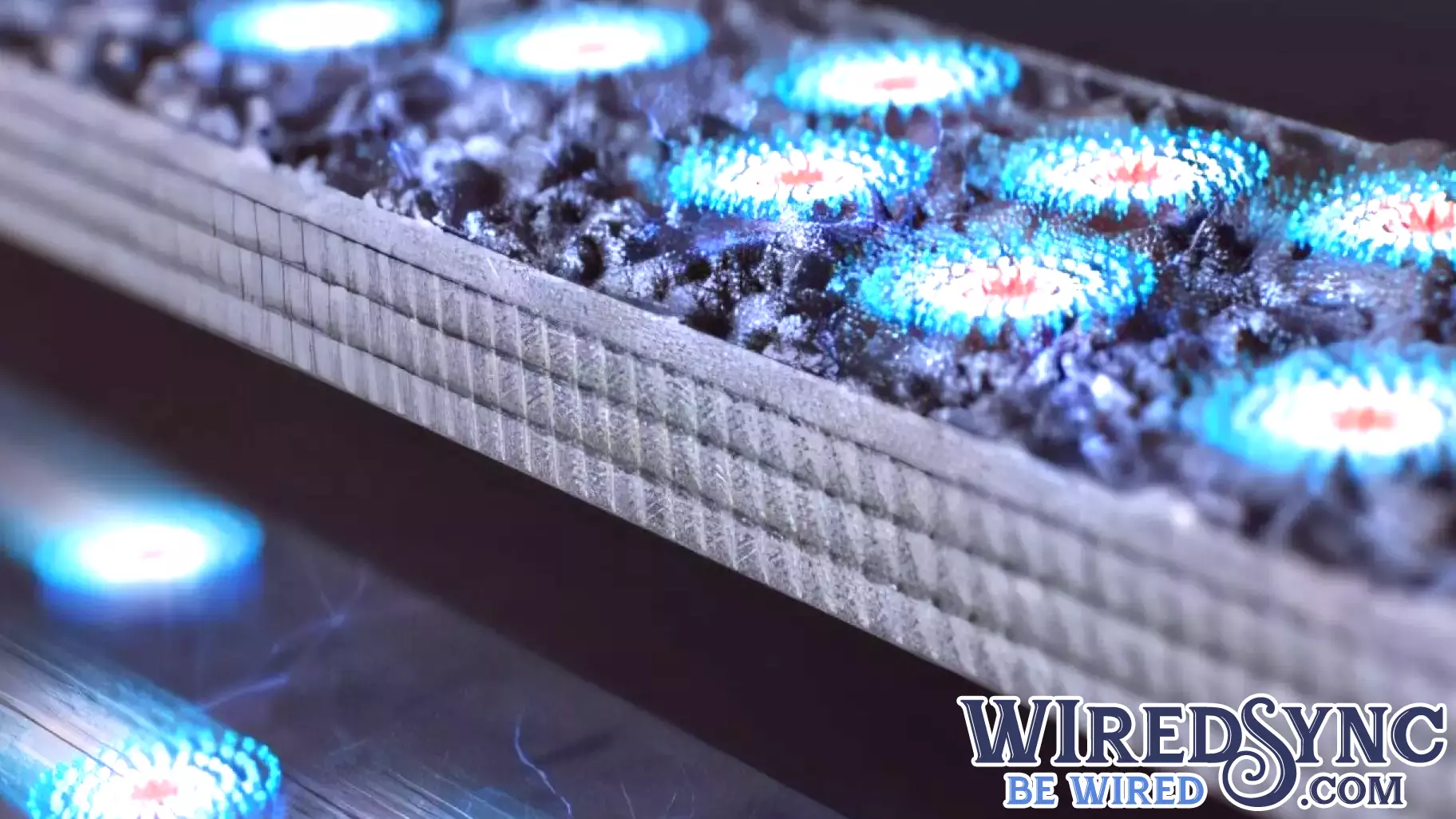November 7, 2024 - 01:04
Skyrmions are stable, swirling configurations of magnetic moments that have garnered significant interest in the field of condensed matter physics and materials science. These topological entities are characterized by their unique properties, which make them promising candidates for advanced information storage and processing technologies. Understanding and controlling skyrmions at room temperature is crucial for the development of next-generation devices that could revolutionize the electronics industry.

Breakthrough in 2D Materials
Recent advancements have led to a groundbreaking achievement in the generation and control of skyrmions within two-dimensional (2D) materials. This innovation marks a significant milestone in the field, as it demonstrates the feasibility of manipulating skyrmions in a practical and accessible manner. The ability to control these magnetic structures at room temperature opens new avenues for research and application, bridging the gap between theoretical concepts and real-world implementations.
The Significance of Room-Temperature Control
The manipulation of skyrmions at room temperature is a game-changer for several reasons. Traditionally, skyrmions have been studied primarily in environments that require extremely low temperatures, which limits their practical application. Achieving room-temperature control not only enhances the versatility of these structures but also paves the way for their integration into existing technologies. This breakthrough could lead to the development of more efficient and compact devices, utilizing skyrmions for data storage and processing.
Implications for Future Technologies
The successful control of skyrmions in 2D materials has far-reaching implications for the future of technology. As researchers continue to explore the potential of skyrmions, applications could emerge in various fields, including spintronics, quantum computing, and advanced memory systems. The unique properties of skyrmions, such as their stability and low energy consumption, make them ideal candidates for creating faster and more efficient electronic components.
Conclusion
In summary, the ability to generate and control skyrmions at room temperature in 2D materials represents a remarkable advancement in the field of materials science. This breakthrough not only enhances our understanding of topological structures but also opens up new possibilities for technological innovation. As research progresses, the potential applications of skyrmions could revolutionize the way we approach data storage and processing, leading to a new era of electronic devices.



